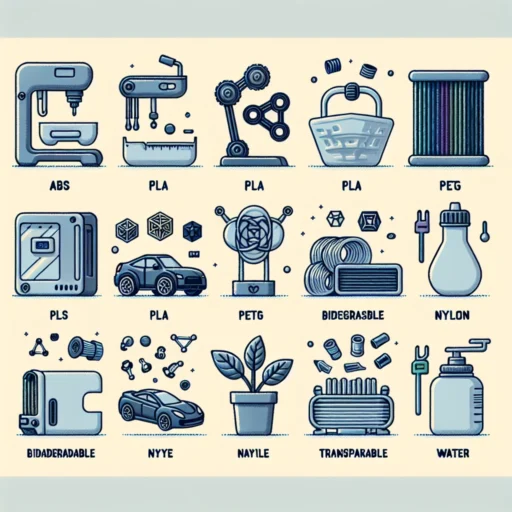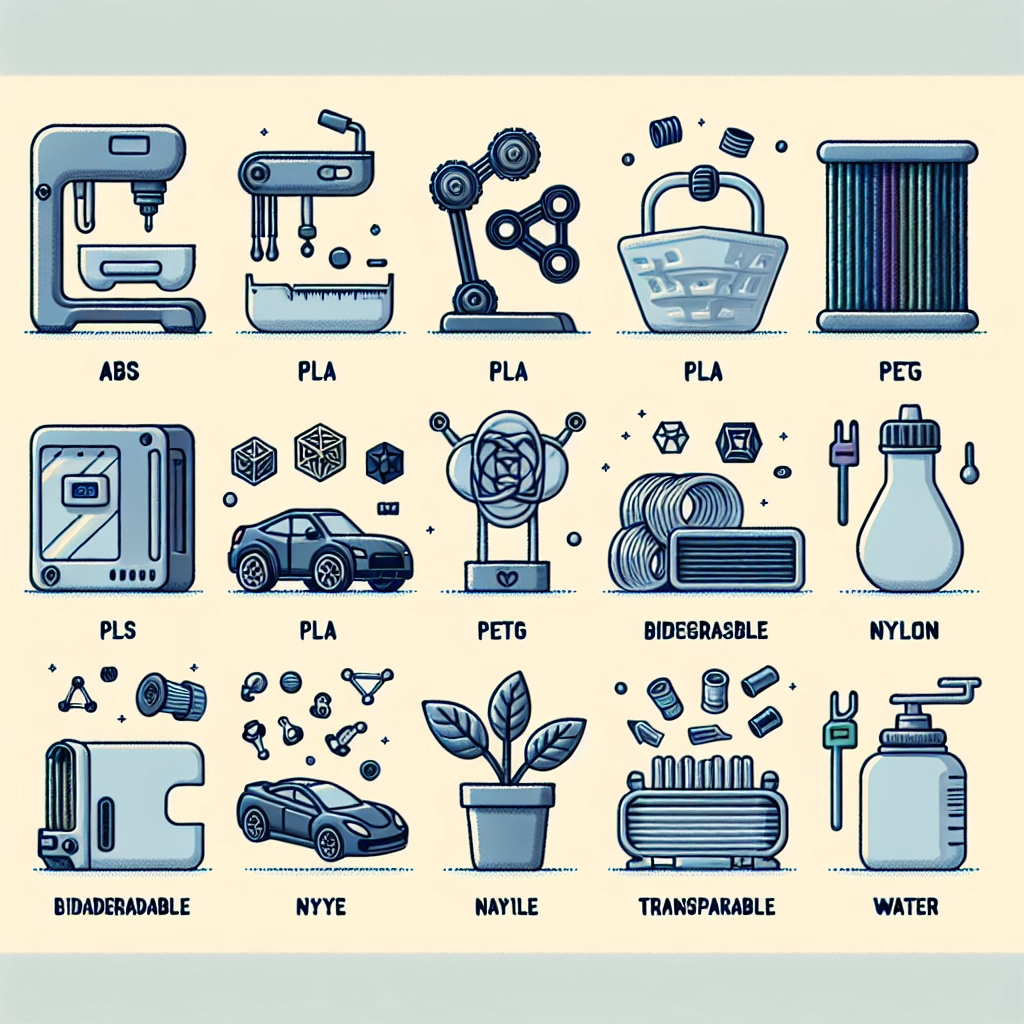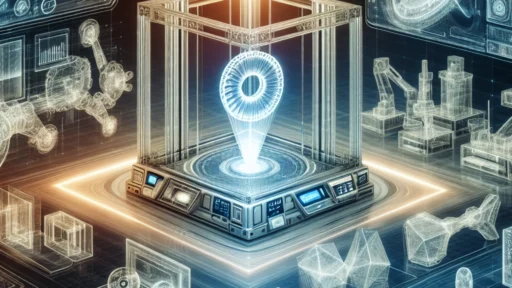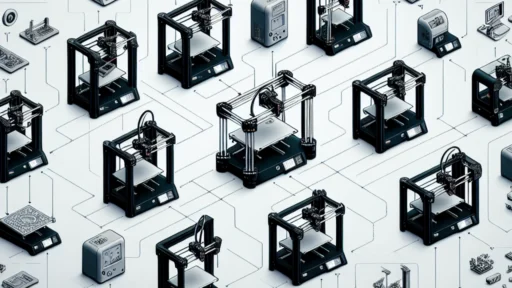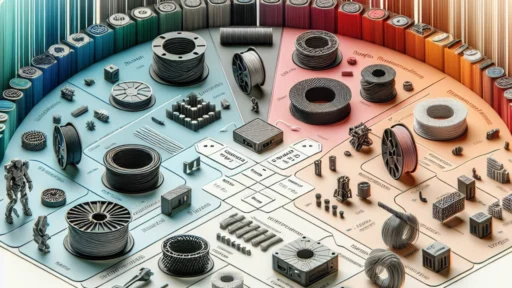Understanding the Different Types of 3D Filaments
3D printing is an exciting field, constantly evolving and opening up new possibilities for creativity, design, and manufacturing. One of the essential components in this process is the filament. If you’re new to 3D printing or looking to refine your skills, understanding the different types of filaments can help you choose the right one for your project. Let’s dive into the wonderful world of 3D filaments!
PLA (Polylactic Acid)
PLA filament is often the go-to choice for beginners and hobbyists. Made from renewable resources like cornstarch or sugarcane, PLA is biodegradable, which makes it an environmentally friendly option. It’s easy to print with, adheres well to the print bed, and produces great results with vibrant colors and a glossy finish.
If you’re crafting decorative items, toys, or prototypes, PLA is a fantastic choice. However, keep in mind that PLA is relatively brittle and may not hold up under high temperatures. So, if your project requires durability or heat resistance, you might want to look for something else!
ABS (Acrylonitrile Butadiene Styrene)
ABS is a popular filament known for its strength and flexibility. This is the same material often used for LEGO bricks, so you know it’s robust! One of the key benefits of ABS is its resistance to heat and impact, making it an excellent choice for functional parts and mechanical components.
However, printing with ABS can be a bit tricky. It has a tendency to warp if the cooling is too fast, so it’s best to use a heated print bed and an enclosed printer if possible. Also, ABS emits fumes during printing, so a well-ventilated space is essential.
PETG (Polyethylene Terephthalate Glycol)
PETG is gaining popularity for its unique combination of properties. It’s a strong, durable filament that’s resistant to impact, moisture, and even some chemicals. If you’re looking for a material that offers the best of both worlds between PLA and ABS, PETG is a solid choice.
One of the plus points of PETG is that it’s less likely to warp than ABS, which makes it easier to work with. Plus, it prints with a beautiful, glossy finish. It’s an excellent option for everything from functional prototypes to food-safe containers, provided you use a food-safe version of the filament.
TPU (Thermoplastic Polyurethane)
If flexibility is what you’re after, TPU is your go-to filament. TPU is a rubber-like material, making it perfect for printing items that require flexibility and elasticity, such as phone cases, gaskets, or custom shoe soles.
However, TPU can pose a bit of a challenge when printing, as it’s more difficult to work with; it requires precise settings to ensure a smooth print. Therefore, if you are a beginner, it might take some experimenting to get everything just right.
Nylon
Nylon filament is a bit of a superhero in the 3D printing world. Known for its incredible strength, flexibility, and durability, nylon is often used in applications where mechanical strength is vital. From functional parts like gears and bearings to outdoor items that need to withstand varying weather conditions, nylon does it all.
However, it’s important to note that nylon is quite hygroscopic, meaning it absorbs moisture from the air. This can lead to print quality issues, so it’s best to store unused nylon filament in a dry place. Remember, this isn’t the easiest filament to work with, so some prior experience in 3D printing can make for a smoother experience.
Specialty Filaments
As the 3D printing community grows, so does the variety of specialty filaments available. Options like wood-filled, metal-filled, or glow-in-the-dark filaments add unique textures and effects to your prints. These materials often require specific settings and printing techniques, so check compatibility with your 3D printer and research how to achieve the best results.
Wrapping It Up
Choosing the right filament for your project can dramatically affect not only the appearance of your print but also its durability and functionality. Whether you opt for the ease of PLA, the strength of ABS, or the flexibility of TPU, each filament brings its own unique traits to the table.
So, as you embark on your 3D printing journey, take time to experiment and explore different materials. Soon, you’ll find the perfect filament to match your creative vision. Happy printing!


